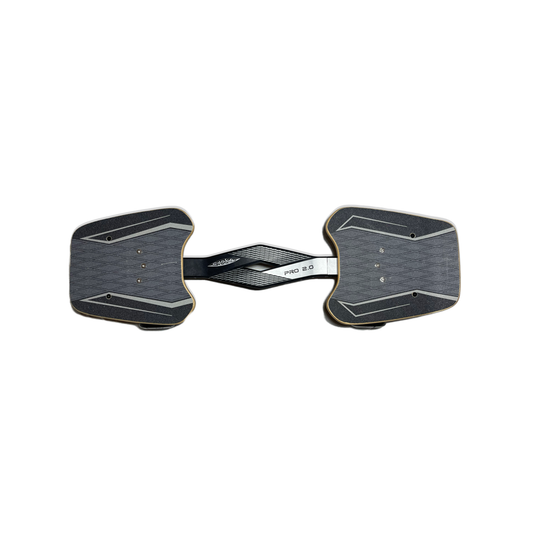The One Hour Snakeboard Challenge
Share
Raffaella Takes on the challenge with the guidance of Jay of learning to Snakeboard in One Hour. If you want to give it a go your self read on for some key tips:
Getting Started:
The first step to learning how to Snakeboard is finding a flat surface to practice on. Jay recommends avoiding hills or uneven terrain, as this can make it more difficult to learn the basics.
Choosing Your Stance:
Next, you need to determine your stance, which is whether you ride with your left foot forward (goofy) or your right foot forward (regular). To figure out your stance, Jay suggests pushing yourself forward on a Snakeboard without thinking about which foot you use to lead. The foot that comes forward naturally is your front foot.
The Front Foot Flow:
Once you've determined your stance, it's time to learn the footwork. The basic movement involves rocking your front foot back and forth from heel to toe. As you rock your foot forward, you should press down on your toes to propel yourself forward.
Upper Body Movement:
While the footwork is important, it's also crucial to engage your upper body when Snakeboarding. As you rock your front foot forward, lean forward with your upper body and extend your front arm out in front of you. Then, as you rock your foot back on your heel, pull your arm back in towards your body.
Putting it all Together:
Once you've mastered the individual movements of your feet and upper body, it's time to put them together. The key is to coordinate your movements so that your body and the Snakeboard move as one fluid unit.
The Two-Foot Carve:
Once you're comfortable with the basic movement, you can progress to the "two-foot carve," which is a more advanced technique that allows you to turn and power the Snakeboard. The movement involves pointing your toes together and then apart, while shifting your weight from your toes to your heels.
Practice Makes Perfect:
Jay emphasises the importance of practice when learning how to Snakeboard. He recommends practicing for at least two weeks, every day for at least a few minutes. With consistent practice, you'll be well on your way to mastering this fun and rewarding activity.




